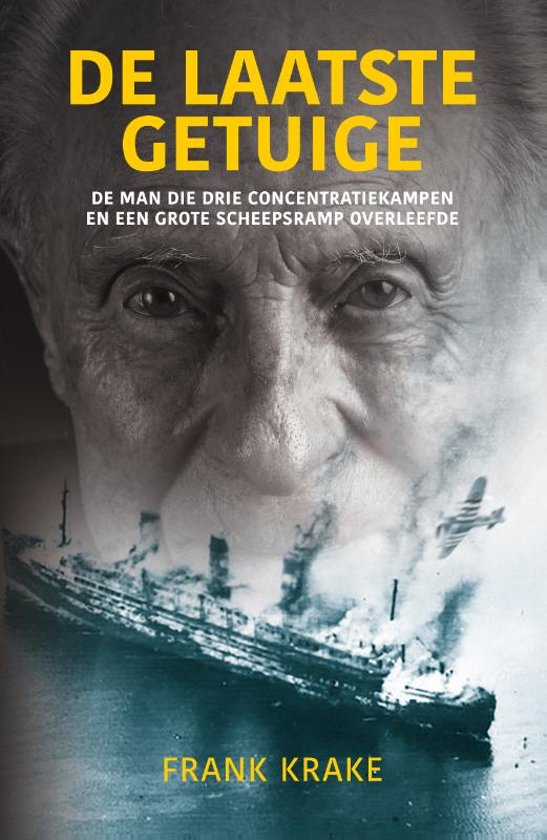
De laatste getuige
De man die drie concentratiekampen overleefde
A website with personal recollections from world war two veterans from several countries.
On this website you will find links to websites I have constructed over the years. Each of them focuses on an operation and/or battle of World War 2. For each website I have received contributions of veterans from around the world. For that I thank them. Their recollections and personal photos and documents are helping to keep the memories alive. If you have questions, remarks or additions?
Please contact me at: operatiemanna@gmail.com.

De man die drie concentratiekampen overleefde
Enschede, The Netherlands
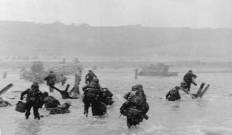
D-day, Brest, Belgium, The saga of a US Ranger
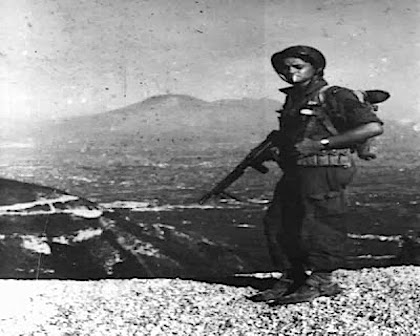
Becoming a Darby's ranger
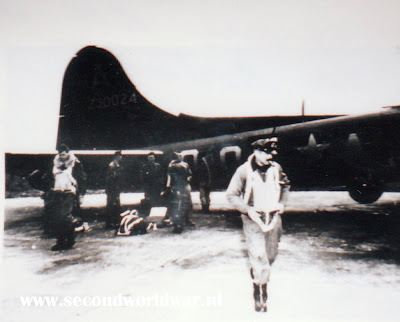
Parachuted over occupied France

I call my father a hero.

John A. Davies, 53rd (Welsh) Infantry Division. Holland, November 1944.

John A. Davies, 53rd (Welsh) Infantry Division. Holland, November 1944.
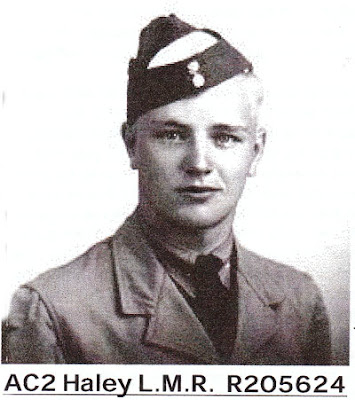
Enlistment in the RCAF
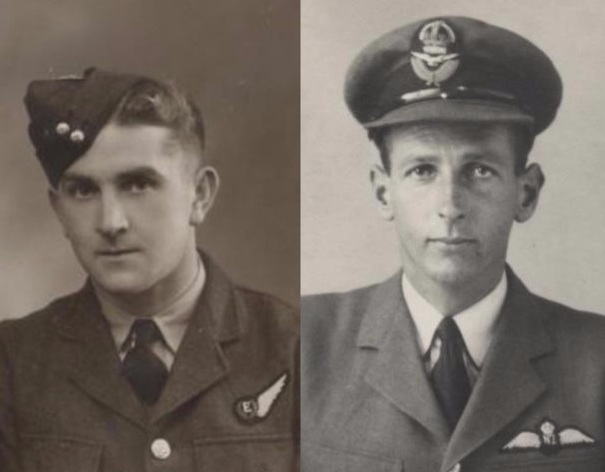
No. 75th (Lancaster) Squadron RAF
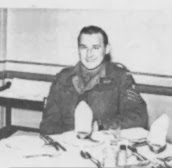
Jack arrives with the division in Normandy on D-day+6

The attack on Roermond in the Netherlands

Bombardment of Enschede
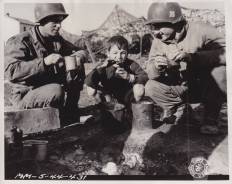
First combat experience: Landing in the Anzio Beachhead in Italy 1944
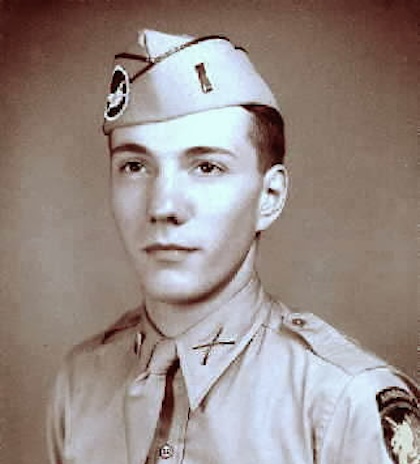
Breakout from the Anzio beachhead and the taking of Rome
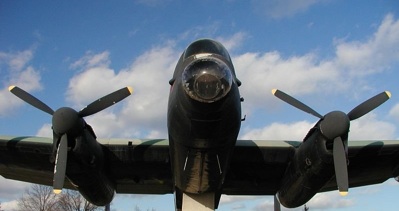
Lancaster crash over Holland.

John A. Davies, 2nd Battalion of the South Wales Borderers. Holland, September 1944.

The German PA system - Siegfriedline - Germany 1945.
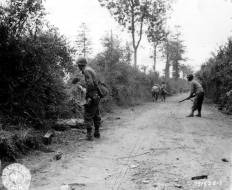
Hedgerow fighting in Normandy France, June 1944.

The remarkable story of a young Dutch resistancefighter in WWII.
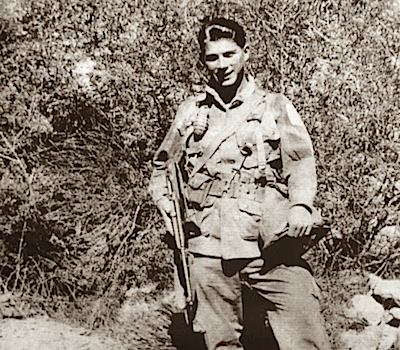
Operation Dragoon - The invasion of Southern France

The landing in North Africa in 1942. 1st US Ranger battalion. Darby's Rangers
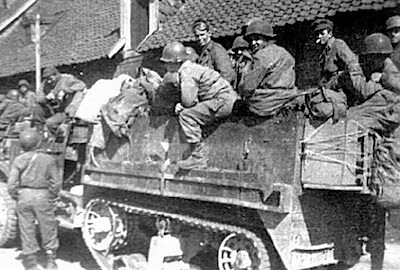
Operation Varsity, the crossing of the Rhine
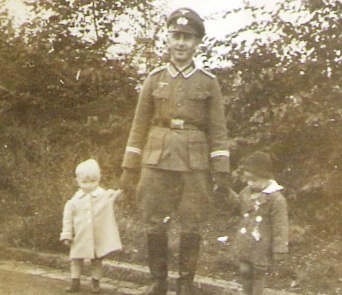
Farewell to Hamburg, A german boy in a city bombed by the allies.
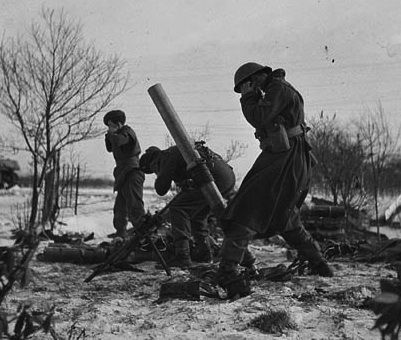
His complete day-by-day war diary!

The Landing in Sicily

GI captured during the Ardennes offensive
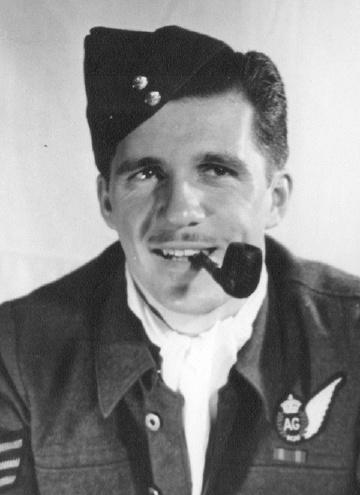
Al Hymers, RCAF. Shot down over Germany in WWII

Recollections of a Welsh infantryman fighting in Holland in November 1944

A flight mecanic in the RAAF
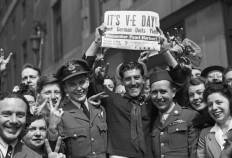
VE-Day

Fighter pilot
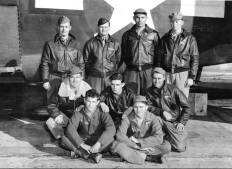
B-24 mission over Germany

Stanley R. Smith, Anzio beachhead.
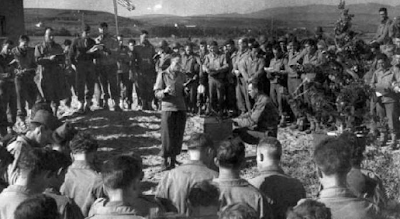
A British Chaplain with the US Rangers. Darby's Rangers
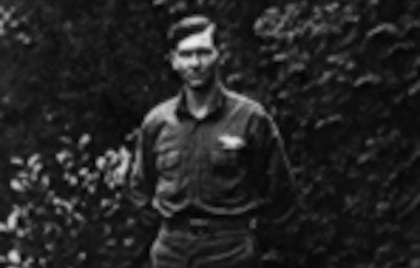
Poem for his fallen comrades: Dufflebags
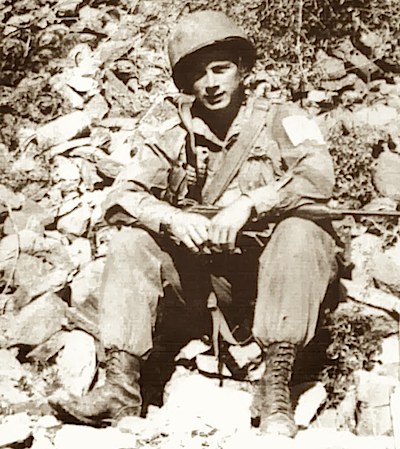
History of the battalion
On June 6, 1944 after many months of preparations the allies finally landed on the coast of France and breached the Atlantic wall. The second front where the people in Western Europe had been waiting for during four years of occupation was finally there. Cornelius Ryan named his book which describes this day, the longest day, after a quote from the German Fieldmarshall Rommel, who was commanding the defenses at the Western Coast. For the allied soldiers that landed on the French beaches that day, the memories of that day remained vivid for the rest of their lives.

The landing on Omaha Beach

Albert is fundraising for an avenue of remembrance to commemorate his lost comrades.
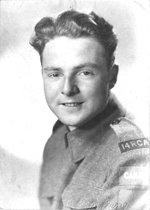
Gunner with the 14 Field Regiment RCA Killed in Action June 6, 1944 at Berniere Sur Mer.
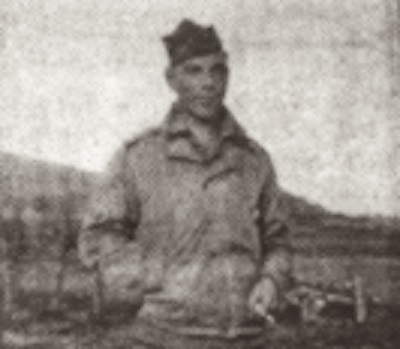
All of a sudden the boat was grinning on to the sand and the ramp went down. Everybody started running out immediately. Our lieutenant was up at front while I myself was in the back of the craft. Machine-gunfire came into the boat and the guys in the front were killed.
Begin September 1944 the Nazis where retreating faster than the Allies could advance. The Western front had practically collapsed in Belgium and Holland. Field Marschall Montgomery created a plan to lay a carpet of airborne troops in Southern Holland through which the British second army would make a rampid advance. The Airborne forces needed to capture the many bridges prior to the advance of the ground forces. When the operation started on 17th the panic under the German troops had disappeared and the British and American troops met heavy resistance. The Germans managed to organize their troops in a quick counter attack. The Germans had the advantage that their had heavy armor in the area which happened to be resting near Arnhem. The Arnhem bridge proved to be a bridge to far.
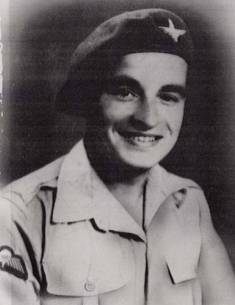
Sgt. Ashley landed at Heelsum with the first wave of paras on the 17th of September.

When we had returned to our homebase in England we realized that we had several holes in the wing from 20 mm tracer shells.

Peering from, the window of the plane, I tried counting the number of C-47's winging their way toward Holland. I gave up after reaching three hundred.
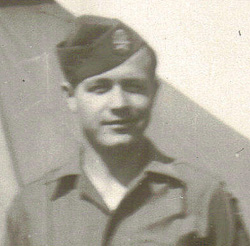
General Gavin desided that a crossing of the river in assaultboats was necessary. C Company was assigned to the job.
On December 16, 1944. The Germans launched an attack through the Luxembourg and Belgian Ardennes which took the Americans by surprise. The frontline had been streched due to the rapid advance. The troops defending the line where mostly new arrivals like the 106th Infantry Division or Units licking their wounds from the costly attacks in the Hurtgen forest which had taken place not long before. The attack in the Adrennes was Hitlers personal plan. It was designed to drive a wedge between the US and British forces and to capture the port of Antwerp in an attempt to cut the Allied supply lines.
Aided by the bad weather which neutralized the Allied supriority in the air the German pantzers initially made a rapid advance creating a bulge in the US defense lines. The battle would later be known as the "Battle of the bulge".

Captured and escaped in the ardennes.

Elseborn Ridge - Recollections of the German attack on December 16, 1944
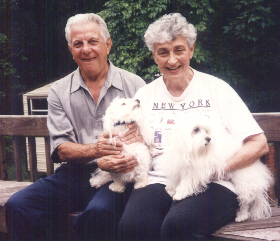
The night of December 1944, four of us were called to the Co. CP. for a briefing on a Recon. patrol which was to take place the morning of December 16

We were right in the line of the advancing German tank columns, in fact we heard the entire German army was just six miles away and advancing fast.

An American soldier in an German concentration camp. Winfield Rosenberg was on of the many men from the 106th Infantry Division that was captured during the early advance of the Germans.
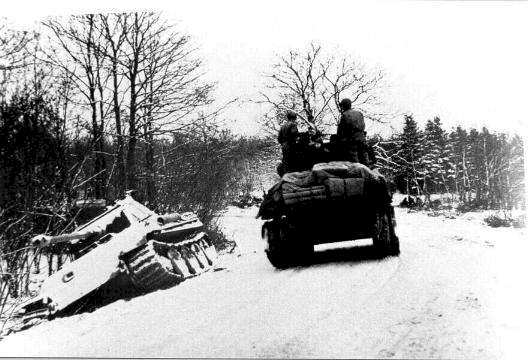
Frozen hell - Near Salmchateau, Belgium 15.00 hours January 14, 1945.
During the winter of 1944, the Western part of Holland had been deprived of food. This winter is now known as the Hunger winter. There was a food and fuel shortage due to the Allied advance as well as due to reprissals from the Nazi's for the Dutch railway strike that had been ordered from London by the Dutch government in excile in an attempt to back the Allied airborne landings around Arnhem in September 1944. Allied bombers dropped food at low altitude for the starving Dutch in the closing days of the war. The RAF named this mission Operation Manna, the USAAF called it's contribution Operation Chowhound.

The first bomber to drop food at the Duindigt Racetrack
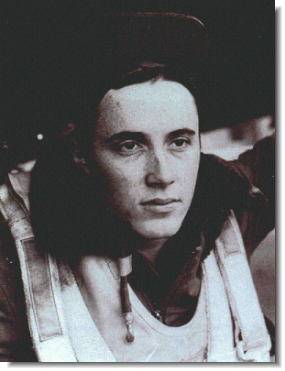

A letter to the mayor of Rotterdam

Roelof Buitink is an american boy of sixteen years old as the second world war breaks out in Holland.

Such signs of celebration we had never seen before nor since as the people hurried to retrieve their food from the sky. People waved at the planes, flags where everywhere and we had no doubt that the effort had been appreciated.

My Hunger winter 1944

My name is Eric Heijink. In the past years I have corresponded with many veterans and civilians who have told me their experiences of events that where often traumatic. Post-traumatic stress was not yet known at that time an many of them had to move on without being able to talk about their experiences. They started talking about these events in the later part of their lives.
By giving these people a platform on my websites to share their stories I am trying to contribute to the awareness that the events of WWII should never happen again. Given the tensions on the political level at the moment this is a message that is more relevant now than it has been in a long time. If you have questions or additions for the website. Don't hesitate to contact me.
